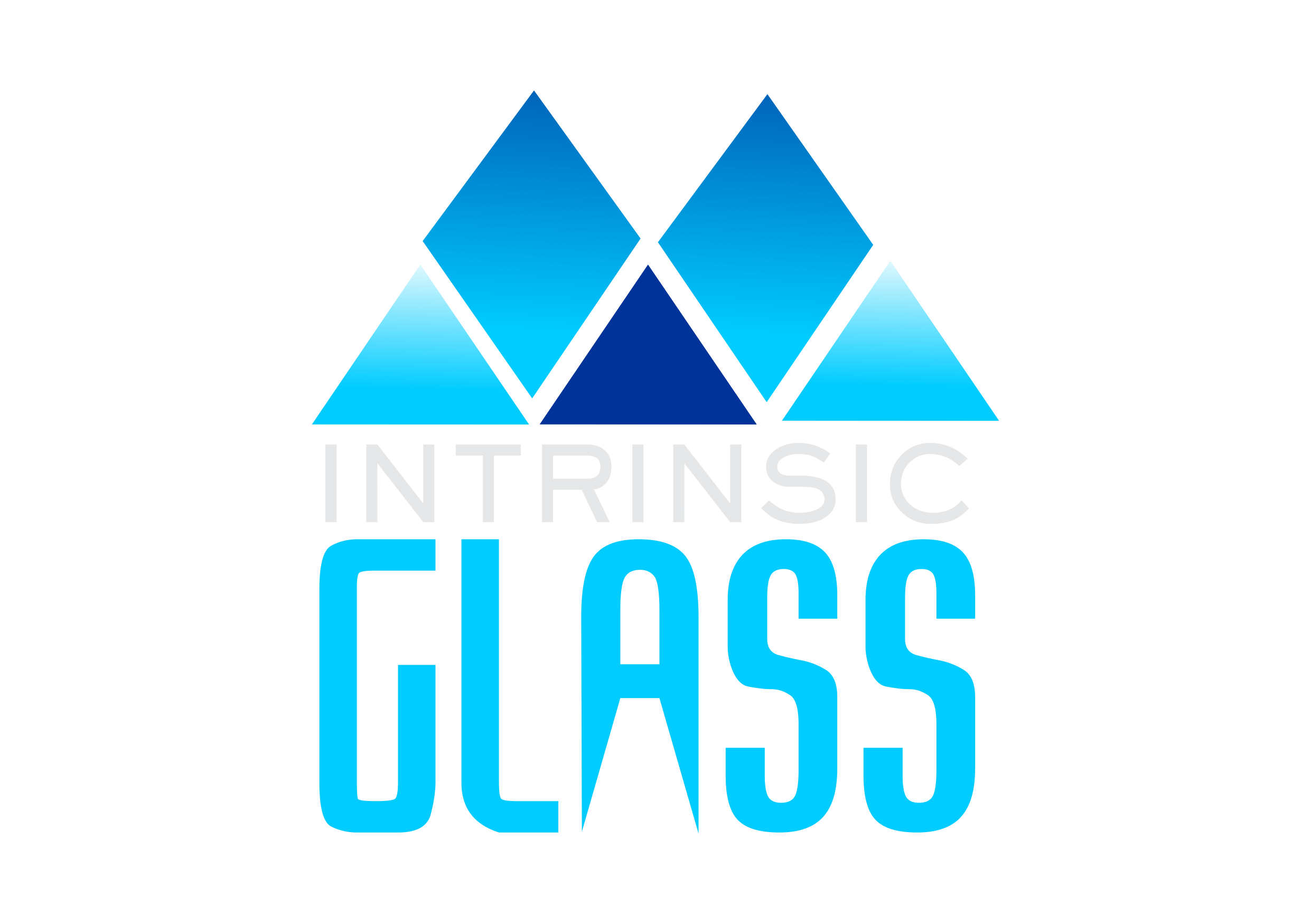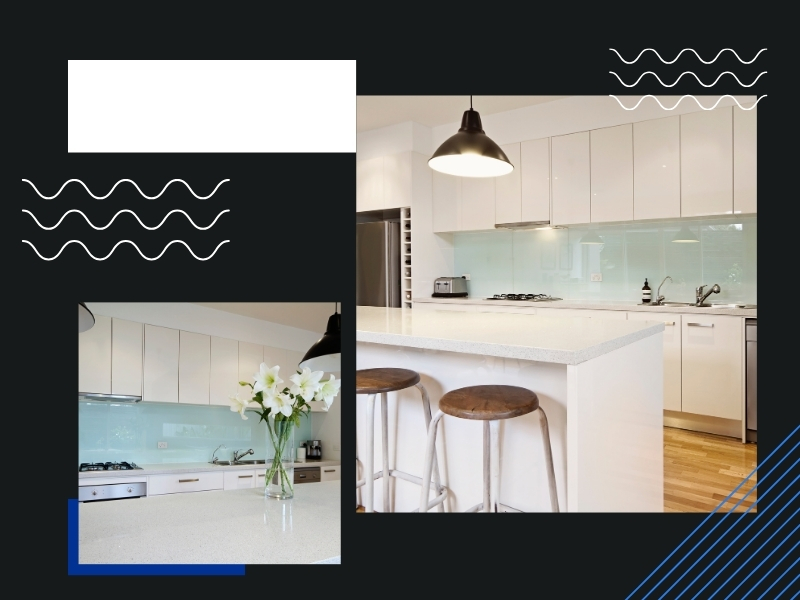Glass splashbacks add a modern, sleek touch to any kitchen or bathroom, transforming spaces with elegance and practicality. However, while these stylish features are designed to last, they can sometimes crack unexpectedly, leaving homeowners with a glass splashback cracked and needing attention. When staring at a crack in their glass splashback, many individuals wonder why it happened and how to prevent it from occurring again. This article explores the common causes of glass splashback cracks to help readers understand what went wrong and what to do next.
What causes your glass splashback to crack?
Cracks in glass splashbacks can be frustrating, especially when you expect them to last for years. Various factors can contribute to these cracks, from poor installation to external impacts. By understanding the potential causes, you can take steps to avoid similar issues in the future.
Why has your glass splashback cracked after installation?
It is disappointing when your newly installed glass splashback cracks soon after it’s been fitted. Here are a few reasons why this might happen:
- Thermal stress: Temperature changes in the kitchen, especially around cooktops, can cause the glass to expand and contract, leading to cracks.
- Incorrect adhesive: If the installer used the wrong adhesive or applied it unevenly, the glass can be under unnecessary strain.
- Improper curing time: Glass needs sufficient time for adhesives to bond correctly. Rushing this process can lead to early cracks.
- Poor sealing: Moisture can seep behind the glass and create pressure points without proper sealing.
Is impact or pressure leading to cracks in your glass splashback?
Glass splashbacks are designed to withstand a fair amount of impact but are not indestructible. Here’s how external forces can cause cracks:
- Heavy objects: Accidental bumps from heavy cookware or kitchen appliances can crack the glass.
- Pressure on edges: The splashback’s edges are more vulnerable. Even a tiny amount of pressure on one can cause a crack to form.
- Weight of fixtures: If your splashback has cut-outs for power points or taps, the weight and pressure of these fixtures can weaken the surrounding glass.

How does the quality of glass affect its durability?
Not all glass is created equal, and lower-quality glass is likelier to crack. Here’s why quality matters:
- Tempered vs. non-tempered glass: Tempered glass is stronger and more crack-resistant, while non-tempered glass is more prone to cracking.
- Glass impurities: Poor-quality glass may contain imperfections, like bubbles or debris, that weaken its structure.
- Manufacturing process: High-quality glass undergoes rigorous testing for durability, unlike cheaper alternatives that may skip crucial steps.
Is the thickness of the glass a factor in why your glass splashback cracked?
The thickness of the glass you choose significantly affects its durability. Here’s why thinner glass may crack more easily:
- Standard vs. thicker glass: Thicker glass is generally more pressure-resistant and impact-resistant. The standard thickness for splashbacks is around 6mm, but opting for thicker glass (8-10mm) might be a safer bet in high-impact areas.
- Flexibility: Thinner glass can flex more easily under pressure, which makes it more susceptible to cracking.
Could movement in your walls be causing your splashback to crack?
It’s not just the glass itself that can lead to cracks—sometimes, the problem lies with the structure it’s attached to. If your walls are shifting, it can place strain on the glass. Here’s how:
- House settling: Over time, houses naturally settle, which can cause slight movements in walls. If the glass is attached to a wall that shifts, cracks can form.
- Vibrations: Vibrations from heavy foot traffic, nearby construction, or even slamming doors can transfer to the walls and impact the glass splashback.
Are improper cut-outs for fixtures weakening your splashback?
Your glass splashback may need cut-outs for fixtures like electrical outlets or taps. However, improper cut-outs can weaken the glass and lead to cracking. Here’s how:
- Incorrect measurements: If the cut-outs are too large or too small, the glass around the fixture can weaken.
- Sharp corners: Square or sharp corners in cut-outs create weak points more prone to cracking. Rounded corners distribute stress more evenly.
- Improper positioning: If the cut-outs are placed too close to the edge, the glass may not be able to support the weight of the fixtures, leading to cracks.

Hiring a professional for your glass splashback installation and maintenance ensures the work is completed accurately and is supported by advanced glass and glazing installation training. This expertise minimises potential damage and enhances longevity.
How Does Moisture Build-Up Affect Your Glass Splashback Cracked?
Moisture can wreak havoc on glass if trapped behind the splashback or within its seams. Here’s how it causes problems:
- Condensation: Kitchens and bathrooms are prone to high humidity. Over time, condensation can build up behind the splashback, weakening the adhesive and putting pressure on the glass.
- Water leaks: Even small leaks can lead to moisture build-up behind the glass, causing expansion and contraction that may result in cracking.
How can you prevent your glass splashback from cracking again?
Prevention is always better than cure. Here are some tips to prevent your glass splashback from cracking in the future:
- Opt for tempered glass: Always choose high-quality tempered glass for added durability.
- Regular maintenance: Regularly inspect your glass for any signs of weakness, such as small cracks or chips, and take action promptly.
- Check for wall stability: Ensure your walls are stable and have minimal vibrations or movements.
- Avoid heavy impacts: Avoid placing heavy objects near or against your splashback.
Keeping your glass splashback crack-free
In conclusion, while glass splashbacks enhance your kitchen or bathroom’s aesthetic appeal and functionality, they can be susceptible to cracking due to various factors. Understanding the common causes—such as poor installation, thermal stress, impact, and moisture build-up—can empower you to take proactive measures to prevent future issues, especially if your glass splashback cracked unexpectedly.
At Intrinsic Glass, we provide and install premium glass solutions for residential and commercial spaces. Our high-quality glass splashbacks are designed to enhance your home or office, improving natural light and space utilisation with a sleek, modern aesthetic. Our commitment to quality, expert craftsmanship, and customer service means you can trust us to deliver durable, beautifully installed glass products. Contact Intrinsic Glass today for a free consultation, and let’s help you create a stunning, crack-free space!

